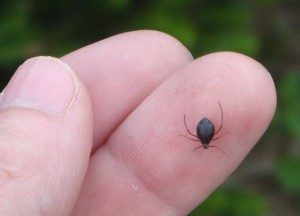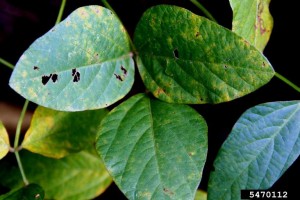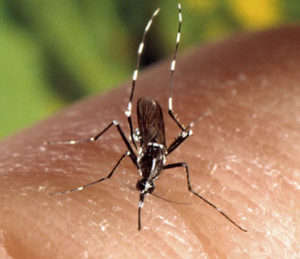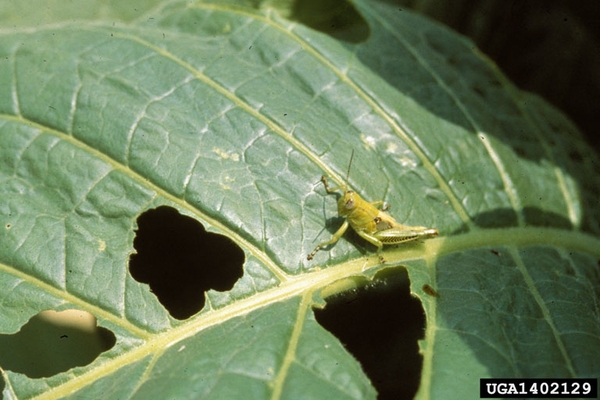Apple Disease Update: Preseason and Green Tip
The warm temperatures in Western NC during the past few weeks have caused green tip to arrive early on …


El inglés es el idioma de control de esta página. En la medida en que haya algún conflicto entre la traducción al inglés y la traducción, el inglés prevalece.
Al hacer clic en el enlace de traducción se activa un servicio de traducción gratuito para convertir la página al español. Al igual que con cualquier traducción por Internet, la conversión no es sensible al contexto y puede que no traduzca el texto en su significado original. NC State Extension no garantiza la exactitud del texto traducido. Por favor, tenga en cuenta que algunas aplicaciones y/o servicios pueden no funcionar como se espera cuando se traducen.
Inglês é o idioma de controle desta página. Na medida que haja algum conflito entre o texto original em Inglês e a tradução, o Inglês prevalece.
Ao clicar no link de tradução, um serviço gratuito de tradução será ativado para converter a página para o Português. Como em qualquer tradução pela internet, a conversão não é sensivel ao contexto e pode não ocorrer a tradução para o significado orginal. O serviço de Extensão da Carolina do Norte (NC State Extension) não garante a exatidão do texto traduzido. Por favor, observe que algumas funções ou serviços podem não funcionar como esperado após a tradução.
English is the controlling language of this page. To the extent there is any conflict between the English text and the translation, English controls.
Clicking on the translation link activates a free translation service to convert the page to Spanish. As with any Internet translation, the conversion is not context-sensitive and may not translate the text to its original meaning. NC State Extension does not guarantee the accuracy of the translated text. Please note that some applications and/or services may not function as expected when translated.
Collapse ▲The warm temperatures in Western NC during the past few weeks have caused green tip to arrive early on …
Even with the cold snap this past week, most apple cultivars in Western NC are now at or have …

The specific exemption section 18 label obtained in 2016 for using Mertect (thiabendazole) for control of black rot (caused …

We’ve had a few calls and samples from people seeing small dark-colored “bugs” on or under their Christmas tree. …

The North Carolina State University holiday/winter closing will occur from Saturday, December 23rd through Monday, January 1st. The Plant …

Colder temperatures are often accompanied by a surge in what we call “occasional invaders” and that “occasion” is now. We …

from Jim Dunphy, Extension Soybean Crop Scientist, and Lindsey Thiessen, Extension Soybean Plant Pathologist NC State University Asiatic Soybean Rust (ASR) has been confirmed closer …

Soybean Rust Update from Lindsey Thiessen, Extension Soybean Plant Pathologist and Jim Dunphy, Extension Soybean Crop Scientist, NC State University To date, the nearest Asiatic Soybean …

Hurricane Irma’s decision to head west is certainly good news for North Carolina. However, sections of the western and …

from Jim Dunphy, Extension Soybean Crop Scientist, and Lindsey Thiessen, Extension Soybean Plant Pathologist NC State University South Carolina announced its first find of …

The 2018 Pest Management Strategic Plan for Tomato in the Southeast is complete! You can access the complete document by …

from Jim Dunphy, Extension Soybean Crop Scientist, and Lindsey Thiessen, Extension Soybean Plant Pathologist NC State University It was announced over the weekend that Asiatic …

August 18, 2017 from Jim Dunphy, Extension Soybean Crop Scientist, and Lindsey Thiessen, Extension Soybean Plant Pathologist NC State University Asiatic Soybean Rust (ASR) has …

Tobacco blue mold was confirmed (July 11, 2017) in commercial tobacco in Caswell County, North Carolina by the Plant …

Mark your calendars now and reserve the date for the 2017 Apple Field Day at the Mountain Horticultural Crops Research …
Our laboratory recently completed a vial bioassay with brown stink bugs collected from wheat. These are the same stink …
The Walgenbach Lab is located at the Mountain Horticultural Crops Research and Extension Center (MHCREC) in Mills River, NC, …

Written by Lina Quesada-Ocampo and Kimberly D’Arcangelo Cucurbit downy mildew was reported today (June 6, 2017) in commercial cucumber fields …

Gummy stem blight is caused by several closely related fungal pathogens in the genus Stagonosporopsis …

This vegetable pathology factsheet describes the identification and treatment of anthracnose in cucurbits.

Several species of grasshoppers can cause foliar feeding damage in tobacco. They are typically most …

This Extension publication provides an overview of the tobacco budworm (Chloridea virescens), a common pest …

This factsheet summarizes the characteristics of bees and addresses how to control them as an …

This publication discusses Anthracnose Fruit Rot (Colletotrichum sp.) of blueberries in detail. Included are the …

This factsheet describes the symptoms of a shoot inhibitor herbicide injury.

This factsheet describes the symptoms of a metribuzin herbicide injury.